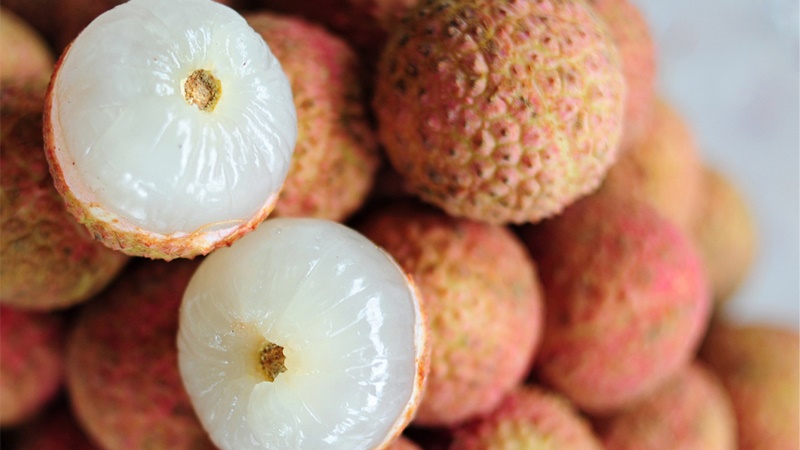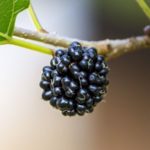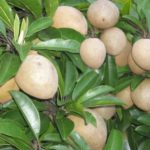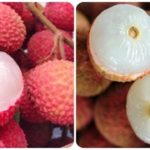Observing the outer shell
A ripe and tasty fruit will have a pinkish-red shell, and the fruit will be round and even. Lychee fruits are usually smaller than lychee fruits (only about 70% in size), while lychee fruits are usually larger and longer, and the color is also darker red.
If the shell is smooth, the more thorns and the sharper they are, the greener the fruit is, the more sour it will be when eaten.
Do not choose lychee fruits with dark spots on the skin, black spots, especially around the stem as there is a high chance of them being rotting or overripe.
Choose clusters of lychee that are still fresh, with the stem attached to the fruit and the leaves still fresh green. Do not choose clusters that have dry, withered stems that are easily broken or leaves that are dried and no longer fresh.
Test by squeezing
When touched, fresh lychee fruits will have elasticity, and the fruits will feel slightly soft but still firm.
If the fruit feels hard when squeezed, it is still green, but if it feels soft but not elastic, the fruit is overripe or too ripe.

Smell test
Although the aroma is not strong, lychee fruits still have a distinctive scent. Fresh and good lychee fruits will have a light fragrance.
If the fruit smells sour, fermented, or has an odd smell, it is not recommended to choose it because it may be rotten or too old.
Peel the shell
If possible, try peeling the shell off 1-2 lychee fruits in a cluster. If the peeled fruit is fresh and ripe, it will have:
– The stem part is white, not dark or deep.
– The skin is easy to peel, with a crispy and slightly dry feeling.
– No dripping of honey water when peeling the skin, the flesh is quite firm and looks juicy.
If the skin is tough, the stem is dark, there is a lot of oozing honey, and the flesh is not as good, the fruit may be overripe or about to spoil.
Observing the inside seeds
After peeling the shell, slowly separate the flesh of the lychee fruit.
– Soft flesh, white color, juicy, when just peeled, starts to ooze honey, has a slight fragrance, thick and easy to separate, small seeds are good lychee fruits.
– If the seeds are hard to separate, large seeds, soft flesh, less fragrant or have a different smell, it is not recommended to choose.
Some notes when eating lychee fruits
Lychee fruits have a sweet and delicious taste, providing many vitamins and minerals to the body, but you should not eat too much. On average, you should only eat 200-300 grams of lychee fruits per day.
Lychee fruits have a relatively high sugar content. If you eat too much, there is a risk of overweight.
People with blood sugar disorders or diabetes should not eat too many lychee fruits, to avoid an increase in blood sugar after eating.
Do not eat too many lychee fruits at once. Adults should only eat 5-10 fruits at a time, while children should eat 3-4 fruits at a time.
According to Khoevadep




































